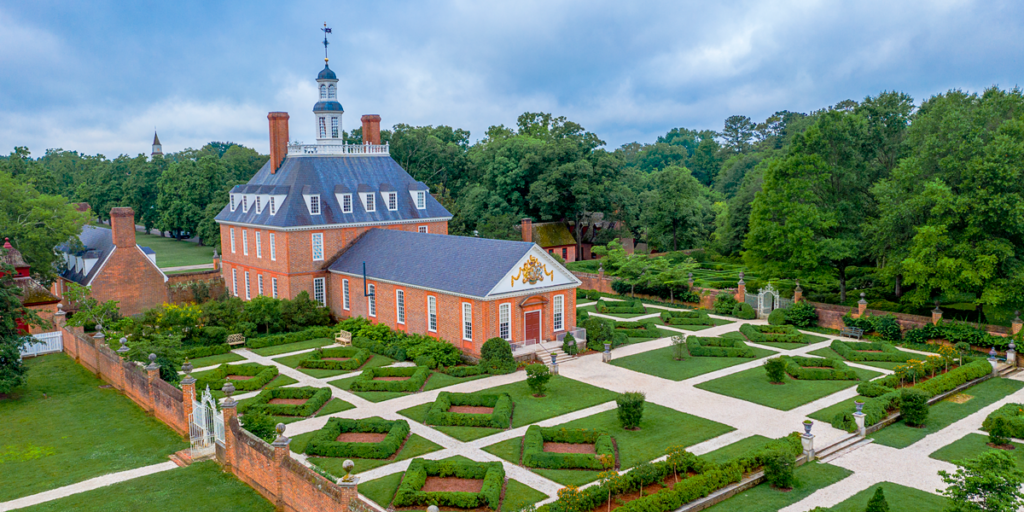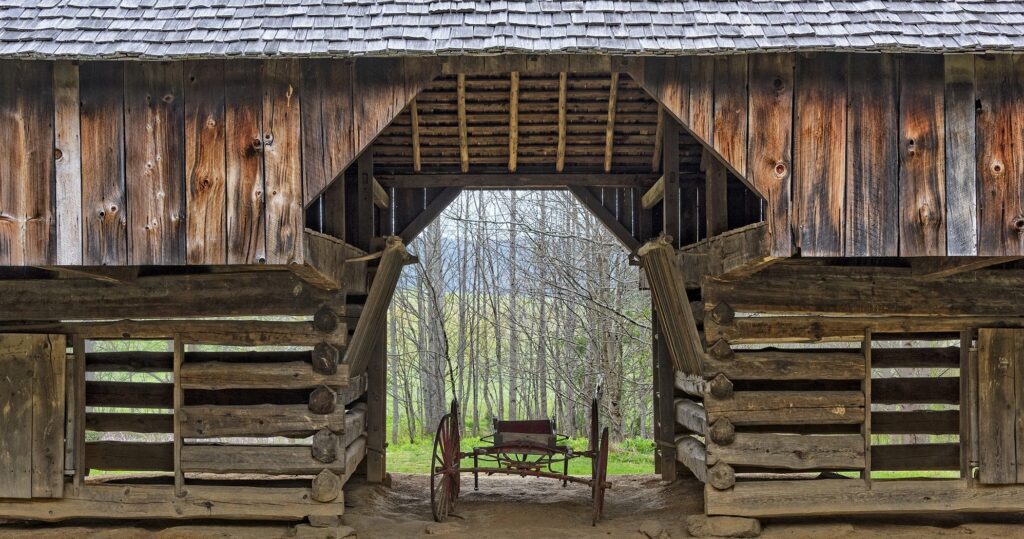Tennessee Abounds in History
This essay first appeared as a column in the Daily Times, on March 6, 2023 (here).
For my birthday last year, my wife took me to Colonial Williamsburg, a superb recreation of Virginia’s capital from 1699 until 1780, when it was moved to Richmond. For a history buff, exploring Colonial Williamsburg is like a child visiting Disney World; it is an enchanting immersion into an alternate reality. Visitors can watch period-authentic craftsmen work, costumed guides narrate the sights, the historic buildings—such as the Governor’s Palace and the Capitol (where the House of Burgesses met)–are perfect replicas of the original structures, and meals are served in reproductions of the taverns where the Founding Fathers ate and lodged while doing business in the colonial capital.

Dubbed “the world’s largest living history museum,” Colonial Williamsburg (conveniently located near the sites of Jamestown and Yorktown) is like going back in time. Inside the 300-acre grounds, no cars are permitted. The nearby campus of William & Mary, chartered in 1693, is even older than the town of Williamsburg! Presidents Thomas Jefferson, John Tyler, and James Monroe all went to college at William & Mary. If you have not yet visited Colonial Williamsburg, I highly recommend that you do so.
The only drawback is that getting to the Tidewater area of Virginia is an 8-hour drive from Blount County. Fortunately, there are an abundance of historic sites closer to home. Right in Maryville are the Cades Cove Museum and the Blount County Historical Museum, both across Route 321 from Blount Memorial Hospital. In Townsend, the Great Smoky Mountains Heritage Center has an excellent collection, as well as a reconstruction of the 1802 log cabin that the Rev. Isaac Anderson lived in before he founded what is now Maryville College.
In East Tennessee, we are literally surrounded by history. Knoxville, the first capital of Tennessee, is full of historical significance, including Civil War battle sites and the graves of John Sevier, Tennessee’s first Governor, and his second wife, Bonny Kate. Sevier’s burial site, on the grounds of the Old Knoxville Courthouse, is marked by a large monument. The East Tennessee History Museum on Gay Street is exceptional; make sure you allow yourself at least several hours to peruse the exhibits. Further north, in Clinton, lies the sprawling Museum of Appalachia. Closer to home is the 30-acre Marble Springs State Historic Site in south Knox County, which is listed on the National Register of Historic Places and describes itself as “the last home and farm of John Sevier.”
Fort Loudoun State Historical Park, just down 411 in Vonore, features a reconstruction of a British fort built in 1756 to defend what was then the western frontier during the French and Indian War. To the northeast of Blount County, one will find historical treasures in Greeneville, the second-oldest town in Tennessee. Greeneville, home to President Andrew Johnson (one of three Tennesseans to hold that office), hosts the Andrew Johnson National Historic Site. Greeneville also served as the capital of the short-lived State of Franklin, which briefly existed when North Carolina ceded the territory west of the Appalachian Mountains. Alas, the State of Franklin’s bid to join the union was denied.
Continuing northeast, intrepid visitors will find Davy Crockett’s birthplace and homestead at a state park along the Nolichucky River in Limestone (with an amazing interpreter dressed in period garb); historic (and charming) Jonesborough, the oldest town in Tennessee, founded in 1779; Sycamore Shoals in Elizabethton, featuring an excellent state historic park explaining (among other things) how the Overmountain Men mustered to fight the British at the epic battle of King’s Mountain in 1780; and the Birthplace of Country Music Museum in Bristol, celebrating the 1927 recording sessions that introduced America to the Carter Family, Jimmie Rogers, and other iconic musicians. This museum, which is part of the Smithsonian, well deserves a visit by any country music fan.
This just scratches the surface of history in East Tennessee. Important Civil War battles were fought near Chattanooga, and Middle Tennessee is richly endowed with sites of interest to history buffs. In and around Nashville, visitors will want to explore the Hermitage (home of the legendary President Andrew Jackson), the impressive Bicentennial Capitol Mall State Park downtown, the adjacent Tennessee State Museum (which opened in 2018), and the full-size replica of the Greek Parthenon in Nashville’s Centennial Park, originally built for Tennessee’s Centennial Exposition in 1897.
But there is plenty of history to savor right here in Blount County, including Cade’s Cove in the Great Smoky Mountains National Park, the Sam Houston Historic Schoolhouse, and the gravesites of Sam Houston’s sister, Mary, and his brother, Robert, both buried in New Providence Presbyterian Church Cemetery at the corner of West Broadway and South Cates Street.

































